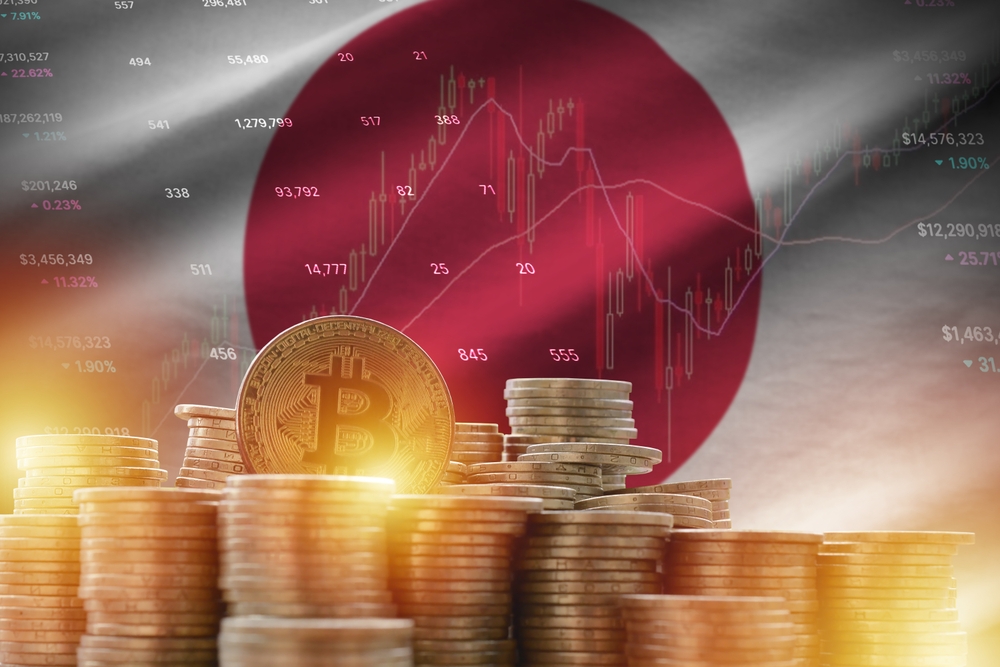The Bank of Japan (BoJ) announced higher interest rates to 0.5% in a significant leap in 17 years, fueled by the 3.6% Consumer Price Index (CPI) surpassing 3.4% expectations.
The rate spike coincided with an impressive surge in crypto prices as Bitcoin led major altcoins into the 3%-6% gain range. The rally saw Bitcoin reclaim the $105,000 price, and Ethereum crossed above $3,390. The gains saw the altseason index blast 53, prompting investors to project a 500% surge, potentially elevating their market cap to $6.48 trillion.
The recent hawkish move by the BoJ to raise rates to 0.5% is the first since the 2007-08 financial crisis. This emerges following the 25-basis point hike BoJ declared per the market expectations. It underscores the policy shift in Japan that had never been witnessed since the 2008 financial crisis.
Market Reaction to BoJ Rate Hike
Market anticipation of higher interest rates played out as Bitcoin regained bullish steam to lead other altcoins, including Ethereum, into a healthy 3-6% gains. The US Dollar Index (DXY) dipped to yield favorable conditions to trigger an upward trajectory for cryptocurrency.
A striking development was the Japanese Yen, which recovered strength against the US dollar during the early Asian hours, suggesting heightened market activity.
BoJ move contrasts the dovish stance of Turkey’s central bank as it cut interest rates by 250 basis point, setting the benchmark at 45% on Thursday, Jan. 23. Unlike Japan, Turkey is witnessing an easing cycle as its annual inflation fell to 44.38% last month. The trend shows a sustained decline towards the 5% target in a few months since topping 75% in May last year.
While Turkey’s Central Bank hinted at continued easing in the months ahead, Japan is losing grip on inflation, thus bolstering BoJ’s hawkish decision to raise rates. The CPI leaped sharply from 2.9% to 3.6%, in the process breaching the 3.4% market prediction.
The Consumer Price Index (CPI) climbed to 3.6%, exceeding market expectations of 3.4% and sharply up from a prior 2.9%. The figures portray the increased inflationary pressure to likely bolster BoJ’s conviction that adopting tough monetary medicine would deliver the desired effect.
Resilient Crypto Market Amid Rate Hike
The recent 0.25% rate hike emerges from turbulence witnessed last year when BoJ first announced a similar move, causing widespread shockwaves in the global markets. Reflecting on the first rate hike reveals an attempt to counter the yen-carrying trade, plunging altcoins and Bitcoin into a downtrend.
The recent market reaction has been noticeably calmer, with leading cryptos holding their ground. Bitcoin currently changes hand at $104,706, a slight slide from $105,100 after gaining 3.30% on the news.
While Bitcoin led the digital asset market into gains, it confined the price to a narrow range, but it could not build upon the momentum during Trump’s inauguration. Bitcoin’s pathway to a breakout to $110,000 is on hold, though likely to leverage crypto-focused executive order to test the ambitious targets predicted by analysts.
Altcoins portrayed resilience on the BoJ rate hike, with Ethereum rallying 6% to $3,390, while Cardano (ADA), Solana (SOL), and Chainlink (LINK) gains averaged 4%. The gains showcase altcoins’ resilience and renewed optimism in the digital assets market, unlike in 2022.
Will BTC Golden Time Usher Altcoin Season?
Reflecting on the Bitcoin price movement shows an inverse correlation between BTC and the US Dollar Index. Analysts believe that the persistence of this relationship shows a potential golden era for Bitcoin.
The Altseason Index has blasted above 53, suggesting growing confidence among crypto investors. The renewed interest in crypto taps on President Donald Trump’s push to establish a digital asset stockpile could propel the altcoins further.
Crypto analysts predict altcoins are ready for a massive uptrend, possibly a 500% rally that will lift them to a $6.48 trillion value. This anticipation for altcoin season on the horizon has many investors waiting for parabolic growth patterns.








